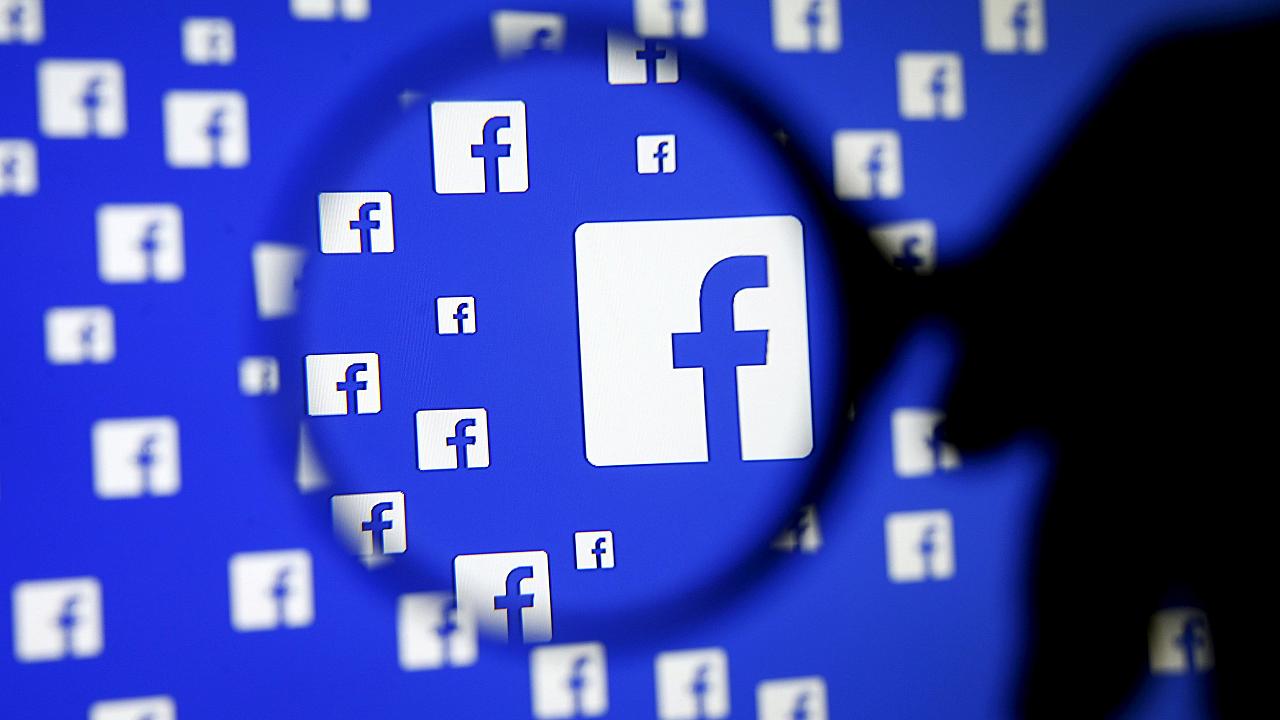
In an era of fake news and the aftermath of claims that Russia tried mightily to interfere and influence the U.S. elections in 2016, news that Facebook shut down 652 fake accounts and pages – many linked to the Iranian regime – reveals the art of deception is alive and well in Tehran.
The social network said it removed 652 pages, groups and accounts for “inauthentic behavior” that originated in Iran and targeted people with news and information including political content in the U.S., U.K., Middle East and Latin America, according to Bloomberg.
The effort to manipulate social-media users also occurred on Twitter, which followed Facebook’s announcement by saying it had removed 284 accounts, including many that originated from Iran.
“Security is not something that you ever fully solve,” Facebook Chief Executive Officer Mark Zuckerberg said Tuesday on a call with reporters. “The shift we made from reactive to proactive detection is a big change, and it’s going to make Facebook safer for everyone over time.”
In order to find and remove the campaigns, Facebook said it acted on tips from the U.S. government and the security firm FireEye. The narratives pitched by the manipulation efforts included anti-Saudi, anti-Israeli, and pro-Palestinian themes, as well as support for specific U.S. policies favorable to Iran, such as the U.S.-Iran nuclear deal, FireEye said in a blog post.
According to FireEye’s report, the misinformation campaign involved a network of news sites and accounts on Instagram, Twitter, Google+, and YouTube.
Example publications were “US Journal” and “Critics Chronicle,” which purported to be independent news sites based in California and Birmingham, England, respectively.
Anti-Trump material was also prevalent among the fake accounts which isn’t surprising given the Trump administration’s efforts to re-impose economic sanctions on the Iranian regime.
“It’s a similar order of magnitude to what we saw from the Russian troll farm, so that is a substantial operation,” Ben Nimmo, senior fellow at the Atlantic Council’s Digital Forensic Research Lab, told VICE News. “They were running websites in at least English, Spanish and Arabic, which again suggests a fairly substantial effort. Pushing out a lot of memes and a lot of content.”
The network of accounts and pages had hundreds of thousands of followers on Facebook and Instagram. The Iranian-linked network also organized at least 28 events on Facebook, although company officials declined to provide any information about the events, saying they were still under investigation. Some of the accounts also engaged in more traditional cyberattacks, such as attempting to hack into users’ accounts or spread malware, according to the Globe and Mail.
Last year, FireEye analysts uncovered a campaign dubbed APT 35, or Newscaster, by Iranian hackers who created fake journalist accounts on social media.
The cyberwarfare efforts by the Iranian regime underscore how completely ridiculous the claims of the Iran lobby were about Iranian moderation in the wake of the nuclear deal with the Obama administration.
The revelations and actions taken by Facebook and Twitter are also inconvenient for the Iran lobby, especially for the National Iranian American Council as it struggles to find an audience for its pro-Iran regime messages amongst an increasingly skeptical audience in news organizations and American voters.
Faced with terrible news about brutal suppression of dissent in Iran by the mullahs and crushing economic news fueling those protests because of rampant corruption and gross mismanagement by the mullahs, the NIAC is left to try and make the silly argument that the Trump administration is gearing up for war with Iran.
Given the state of the Iranian economy and the frustration level of the Iranian people, the Trump administration doesn’t need to do much except cheerlead as it is becoming more likely that the Iranian people themselves are going to force the kinds of democratic changes that have been long overdue.
An example of the bipolar nature of the NIAC’s messaging is in two pieces by Trita Parsi, NIAC founder, in Axios and Lobelog.
In Axios, he tries to make the argument that the U.S. is seeking regime collapse in Iran, thereby making Europe nervous.
“European analysts and diplomats alike are increasingly concerned that the Trump administration might be pursuing a policy of destabilizing Iran. The administration’s abrogation of the Iran nuclear deal, new economic sanctions and explicit encouragement of continued protests in Iran have contributed to the ongoing unrest there, which has begun to seem a goal in itself,” he writes.
Then in his Lobelog piece, Parsi claims that President Trump may be a lone wolf in his administration’s foreign policy team by advocating for meeting with Iran’s Hassan Rouhani.
“Trump, who mindful of his fondness for summits and his desire to be seen as a deal maker probably does want to meet with the Iranians, appears rather alone in favoring a pivot to diplomacy,” Parsi writes.
It’s amazing verbal and mental flexibility for Parsi to make opposite claims in two separate editorials within the same 24-hour period, but it gives everyone an idea of how Parsi and the rest of the Iran lobby is literally throwing any kind of fecal matter at the journalistic wall to see what might stick.
It’s no different than the Iranian regime’s social media disinformation campaign which slung just about any silly idea, meme or retweet in an effort to convince Americans that Iran deserves to sell its oil and use the profits to continue funding terrorism.
It’s unfortunate Twitter and Facebook didn’t shut down the NIAC’s accounts for fake news.